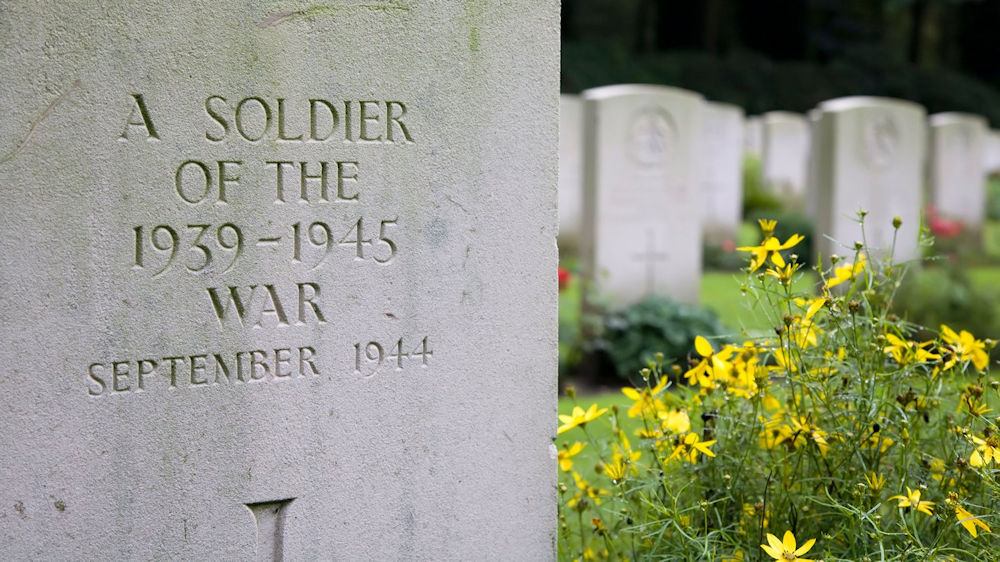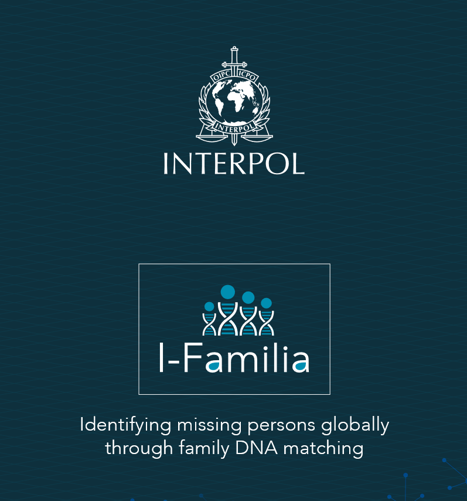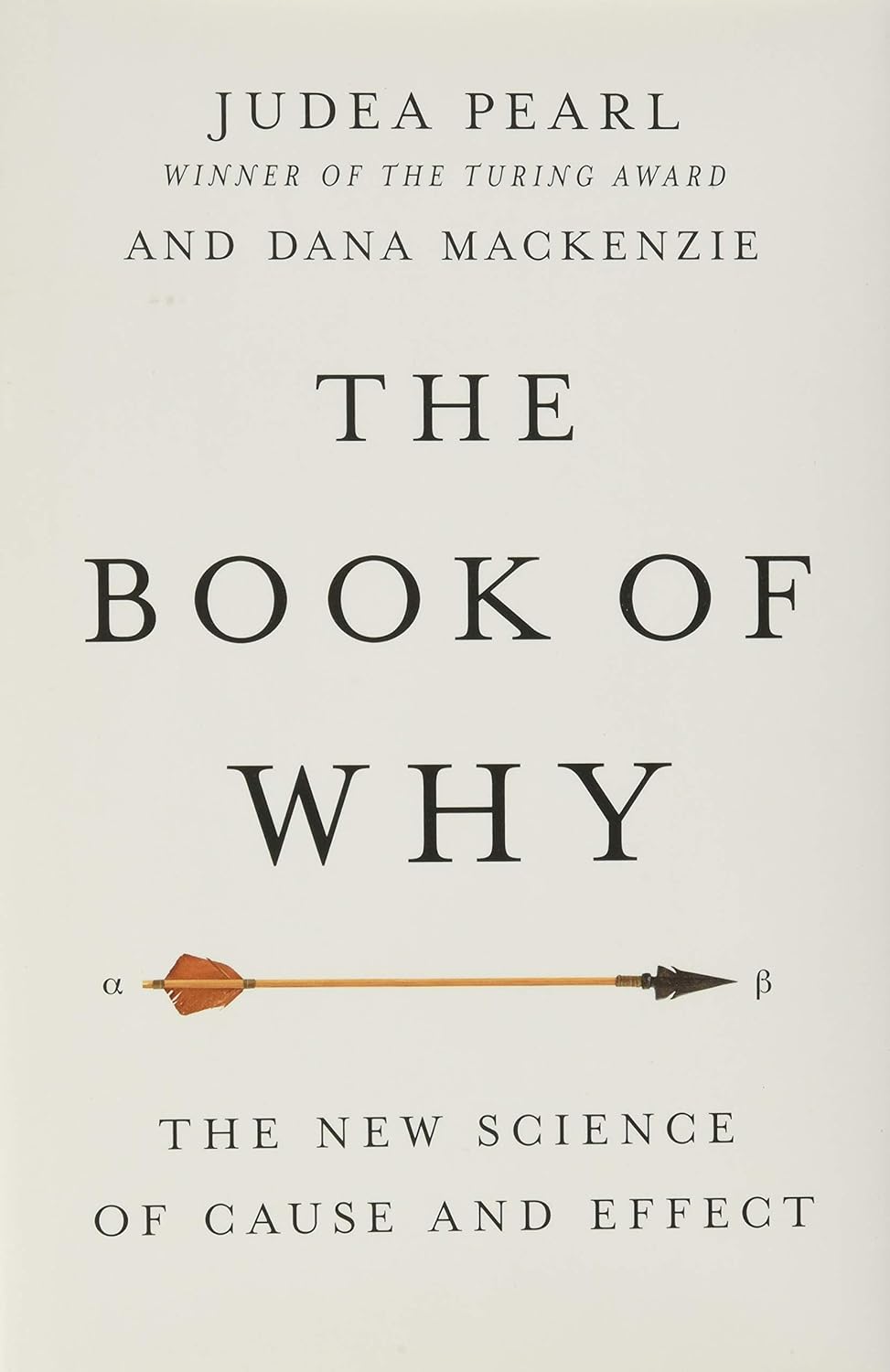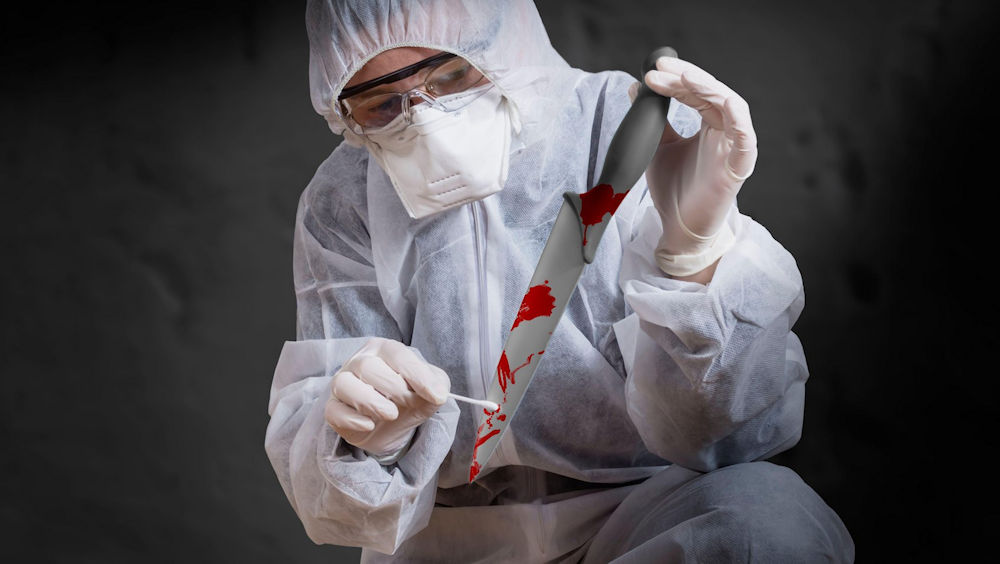
Nowadays DNA based Missing Person identification programs become more and more significant. These programs can differ greatly in what is being investigated; ranging from war victims or still unidentified victims of historic disasters (such as the 1953 North Sea Flood in the Netherlands) to contemporary (international) missing person cases. These investigations do not even always have to involve Unidentified Human Remains (UHR), missing person programs can also be applied for Family Reunifications in order to rectify historical wrong doing by certain regimes. The Desaparecidos from Argentina, or Desaparecidos del franquismo from Spain are examples of this.
What these programs have in common is that these are usually long running programs that involve voluntarily provided DNA profiles. Because of this, appropriate security measures must be in place to ensure that these profiles are only used for their intended purpose.
Bonaparte′s advanced algorithms are especially suited to deal with these complex cases. For historic investigations complexity might arise out of the fact that a lot of unknown data and/or degraded DNA is involved. The security features of Bonaparte provide protection against the misuse of the voluntarily provided DNA profiles, and ensure only authorized users can work with these.
 Bonaparte plays a pivotal role in INTERPOL's innovative I-Familia service, a groundbreaking tool designed to assist in the complex
task of identifying missing persons and unidentified human remains on a global scale. By leveraging Bonaparte's advanced genetic
and forensic analysis capabilities, I-Familia can analyze DNA samples from relatives and compare them with genetic data from remains
found anywhere in the world. This sophisticated matching process enables law enforcement
agencies to solve cases that have remained unresolved for years, bringing closure to families and enhancing international cooperation
in forensic investigations. The collaboration between Bonaparte and INTERPOL's I-Familia service underscores Bonaparte's significant
contributions to global forensic science, highlighting its effectiveness in addressing some of the most challenging aspects of modern investigative work.
Bonaparte plays a pivotal role in INTERPOL's innovative I-Familia service, a groundbreaking tool designed to assist in the complex
task of identifying missing persons and unidentified human remains on a global scale. By leveraging Bonaparte's advanced genetic
and forensic analysis capabilities, I-Familia can analyze DNA samples from relatives and compare them with genetic data from remains
found anywhere in the world. This sophisticated matching process enables law enforcement
agencies to solve cases that have remained unresolved for years, bringing closure to families and enhancing international cooperation
in forensic investigations. The collaboration between Bonaparte and INTERPOL's I-Familia service underscores Bonaparte's significant
contributions to global forensic science, highlighting its effectiveness in addressing some of the most challenging aspects of modern investigative work.
In the case of a mass disaster many important issues have to be addressed. An airplane crash, a tsunami or terrorist attack puts public directors and law enforcement into the spotlight where they have to restore public order, trust and ensure public safety. The causes must be investigated and if applicable the perpetrators must be brought to justice.
In order to accomplish this it is important that victims are correctly and swiftly identified. Modern DNA technology provides superb tools for this. Nowadays DNA profiles can be generated quickly, and multiple profiles might even be taken from the same sample. This will cause a significant number of DNA profiles to be processed even for smaller incidents.
Bonaparte is the perfect system for processing these databases. We employ advanced statistical algorithms that can handle arbitrary large pedigree trees. These algorithms compute the so-called indirect matches between victim profiles and profiles from related individuals, such as for example the parents of a victim.
Bonaparte has demonstrated its effectiveness as a system for Disaster Victim Identification (DVI), playing a crucial role in the identification of victims from Afriqiyah Airways Flight 8U771 in 2010 and Malaysia Airlines Flight MH17 in 2014, under the auspices of the Netherlands Forensic Institute.
 The critical role of Bonaparte in the MH17 investigation is featured in "The Book of Why" by Judea Pearl and Dana Mackenzie
(Wikipedia, and Judea Pearl's page for The Book of Why). Pages 94-95 and 122-125 discuss how our software's sophisticated
forensic and genetic analysis tools were key to identifying victims, highlighting Bonaparte's vital contributions to forensic science
on a global scale. This recognition underlines our dedication to delivering powerful tools for intricate investigations, further
solidifying Bonaparte's position as a leader in the field.
The critical role of Bonaparte in the MH17 investigation is featured in "The Book of Why" by Judea Pearl and Dana Mackenzie
(Wikipedia, and Judea Pearl's page for The Book of Why). Pages 94-95 and 122-125 discuss how our software's sophisticated
forensic and genetic analysis tools were key to identifying victims, highlighting Bonaparte's vital contributions to forensic science
on a global scale. This recognition underlines our dedication to delivering powerful tools for intricate investigations, further
solidifying Bonaparte's position as a leader in the field.

Bonaparte′s validated algorithms that were originally developed for DVI purposes can also be used for efficient searching in large criminal databases. For example a DNA profile obtained from a crime scene trace can be matched against DNA profiles stored in the criminal database. This can be done for relatively simple tests like Paternity (PI), Sibling (SI) or Half Sibling (HSI), for full arbitrary pedigree searches or for a comparison (e.g. a Direct match).
The complexity here usually lies in the size of the target database. In order to mitigate this, advanced storage containers have been developed that allows storing of millions of DNA profiles while still allowing for full rewind, logging and auditing capabilities. These containers offer the same security features as the containers for smaller scale projects.
Another type of investigation which broadly resembles the criminal investigation is the dragnet
search. Instead of using the criminal database with offender profiles, a DNA database with voluntary
provided DNA profiles is created. A suspect DNA profile obtained from a crime scene is then matched
against this database to reveil any potential familiar links.
This type of investigation has been deployed in the Netherlands a couple of times, the first one
was to resolve a 13 year old cold case.
Since 2008, we've been honing the Bonaparte software to perfection, driven by a sense of pride in our customers. We view each client not just as a customer, but as a partner in collaboration, working closely to meet their unique needs. Here are the esteemed users of Bonaparte software:
Spain
Bonaparte's collaboration with the Spanish government showcases the power of forensic DNA technology in addressing
historical injustices. The Spanish government aims to identify victims of the 1936-1939 Civil War and Franco
Dictatorship, integrating DNA profiles from 12 regional forensic laboratories for systematic searches
of postmortem remains. This initiative, supported by Law 20/2022 on Democratic Memory, highlights
Bonaparte's capabilities in handling complex family trees and ensuring the genetic identification of remains with
advanced algorithms, marking a significant step towards healing and closure for affected families.
Please see also Justicia adquiere un sistema informático para la creación y la gestión del banco estatal de ADN de víctimas de la Guerra Civil y la Dictadura.

ACIC
Australian Criminal Intelligence Commision (ACIC) is the national information-sharing service provider for Australia's police, law enforcement and national security agencies. ACIC enables police agencies to share policing information with one another across Australia's state and territory borders. ACIC uses Bonaparte DNA matching software and associated support services as part of a National DNA Investigative Capability (NDIC). It provides Australia's police and related agencies with capability for matching DNA profiles across Australia's state and territory borders for law enforcement purposes, Disaster Victim Identification (DVI) and Missing Person programs.
INTERPOL
Since 2015, INTERPOL has utilized Bonaparte, which evolved into its present version as the I-Familia service starting in 2021. The I-Familia initiative by INTERPOL harnesses the Bonaparte software to lead global efforts in identifying missing persons using DNA kinship matching. This international endeavor breaks through national barriers, offering hope for resolving missing person cases that are beyond the scope of individual countries. I-Familia not only facilitates the reunion of families but also provides solutions to long-unresolved mysteries, showcasing INTERPOL's dedication to utilizing advanced science for humanitarian aims. I-Familia represents a significant advancement in the global resolution of missing persons cases through its worldwide network.
NFI
The collaboration between the Netherlands Forensic Institute (NFI) and Bonaparte has been pivotal, from its inception and launching in 2010 to date. The NFI has employed this advanced program for familial searches in severe crime cases, investigations of missing persons such as victims of the flood disaster and World War II, and for Disaster Victim Identification (DVI). Bonaparte's technology was instrumental in the identification of victims from the 2010 Tripoli air crash and played a critical role in identifying victims of the Malaysia Airlines MH17 flight disaster in 2014.

In the Netherlands, French emperor Napoleon Bonaparte was instrumental in formally introducing the use of first and last names by establishing the Registry Office. Essentially, he played a pivotal role in the way people were identified by their names.
Similarly, the Bonaparte system aims to 'give back' names to unidentified individuals through DNA identification, mirroring the historical initiative of Napoleon Bonaparte in a modern context of forensic science.